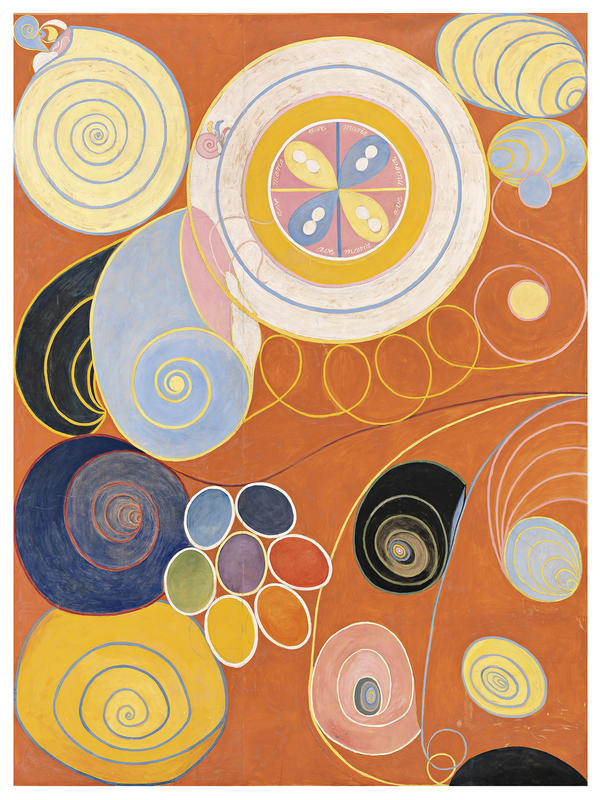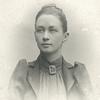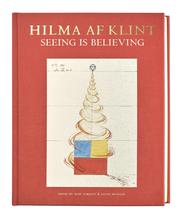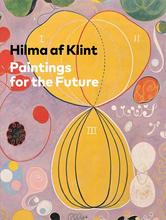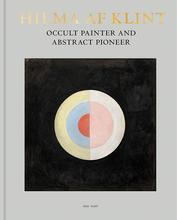More about Group IV, No. 3. The Ten Largest, Youth
- All
- Info
- Shop

Sr. Contributor
If anyone ever disses you for taking time to discover your purpose, just tell them about Hilma af Klint.
Although af Klint always knew she would be an artist, she didn’t know that she would create the earliest examples of abstract art – years before Kandinsky or Malevich worked out their approaches to abstraction. At forty-three years old, af Klint began a decade-long foray into abstract painting. However, because she worked in secret, no one knew about her efforts until the 1980s. Af Klint and Kandinsky even exhibited their work in the same Swedish exhibition in 1914; but while Kandinsky showed his early abstractions, af Klint exhibited a landscape.
How, then, did Hilma af Klint reach the coveted pinnacle of modernism? Her relationship with spiritualism and the occult provides some clues. As a teenager, af Klint began participating in séances to cope with the death of her younger sister, who died at just ten years old. This sparked a lifelong fascination with alternative beliefs, like Theosophy, spiritualism, and Anthroposophy. Af Klint’s openness also reflected a larger cultural shift at the turn of the twentieth century. A more widespread rise in spiritualism and Theosophy arose as people sought to reconcile traditional beliefs with new innovations in science and technology, not to mention the realization that there was more than just Christianity out there.
The spirits that she channeled during regular séances with a group of female artists known as The Five spoke to her for years, helping her to develop the ideas for The Ten Largest. In 1903, two spirits named Georg and Ananda communicated that af Klint would need a temple to properly exhibit her work. Two years later, the spirit Amaliel formally commissioned af Klint, and her work began. The Ten Largest are truly large – nearly 11 feet high and almost 8 feet wide. She worked with tempera on paper and later glued the work to huge canvases. Like a Rothko, the works suck you in and place you within worlds consisting only of colors and shapes.
The themes of af Klint’s paintings are just as heady as a Rothko, too. Her abstract works, especially in The Ten Largest, are meditations on human life, relationships, and the process of aging. And to think she only used shape and color to express her sacred messages. Even her color palette, filled with cheerful pastel backgrounds and technicolor shapes, challenged contemporary expectations. Here, A concentration of ovals of every color of the rainbow oozes the joyfulness of childhood, and springy loops and spirals dance across the canvas with unbounded energy. The Ten Largest debuted to the public in all its glory in 2013 in Sweden before going international; ultimately, over one million people around the world experienced af Klint’s spiritual message. Although it never happened, af Klint drew up plans to create a spiral-shaped temple for her paintings where they could be viewed and meditated on. It’s fitting that her biggest debut was a blockbuster exhibition at the best spiral in New York, the Solomon R. Guggenheim Museum.
Sources
- Dover, Caitlin. “Guggenheim Curators Answer Questions about Hilma af Klint.” Blogs. The Solomon R. Guggenheim Foundation. 5 April 2019. https://www.guggenheim.org/blogs/checklist/guggenheim-curators-answer-q…. Accessed 26 July 2021.
- Ferren, Andrew. “In Search of Hilma af Klint, Who Upended Art History, But Left Few Traces.” The New York Times. 21 October 2019. https://www.nytimes.com/2019/10/21/travel/stockholm-hilma-af-klint.html. Accessed 25 July 2021.
- Moderna Museet. “Hilma af Klint.” Exhibitions. https://www.modernamuseet.se/stockholm/en/exhibitions/hilma-af-klint-20…. Accessed 25 July 2021.
- Schjeldahl, Peter. “Hilma af Klint’s Visionary Paintings.” The New Yorker. 15 October 2018. https://www.newyorker.com/magazine/2018/10/22/hilma-af-klints-visionary…. Accessed 26 July 2021.
- The Solomon R. Guggenheim Foundation. “Hilma af Klint: Paintings for the Future.” Exhibitions. https://www.guggenheim.org/exhibition/hilma-af-klint. Accessed 20 July 2021.

